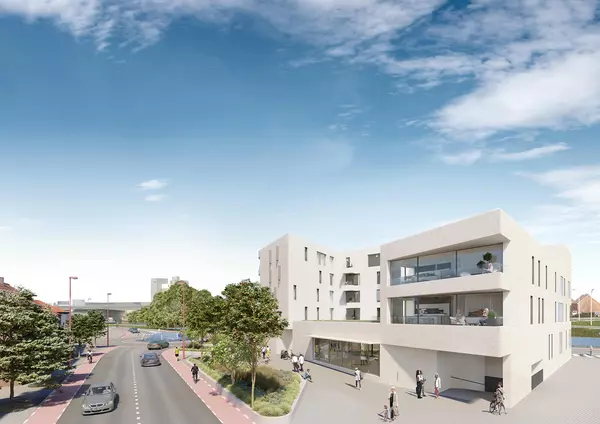Beach parking enforcement in La Jolla neighborhood raises ‘inequity’ concerns
About a month after the city of San Diego announced it would be increasing its parking enforcement in beach communities, some in La Jolla’s Windansea neighborhood say they’re not seeing results from it and believe city resources are not being applied properly.
One resident said in an email to the La Jolla Light, the San Diego Police Department and the office of San Diego City Council President Joe LaCava that people continue to live in vans parked on her street and others around it while residents of homes there are being ticketed and towed for violations of other parking regulations.
“For years, we and our neighbors have been complaining about the guy living in his car at … the corner of Gravilla Street and Neptune Place,” according to the resident, who requested that her name not be published because she has been harassed over complaints in the past. “We also reported the woman who was sleeping in front of the houses on Neptune Place at Nautilus Street for months on and off [because she was] ranting and leaving filth and trash that we picked up countless times (she has moved on for now). … Next was the guy living on the beach at Neptune Place just north of Gravilla Street for a couple of weeks and smoking [from a] drug pipe when we walked by and his belongings were strewn across the entire bench and down the hill.”
A LaCava representative told the Light that his office had been in contact with police about one of the vehicles but would have no further comment.
While this has been happening, the resident said, police have been enforcing the recent state “daylighting” law that makes it illegal to park within 20 feet of an intersection. Thousands of similar tickets have been issued citywide since the law went into effect in March, generating hundreds of thousands of dollars for the city.
“That inequity really destroyed me. It’s terrible,” the resident said. “The people that live here are being aggressively ticketed on our block [of Gravilla Street]. But someone that lives in a van on the street will be there for weeks. Why are they allowed to do this when people who live here get a ticket that day? It’s wrong.”
The resident said she used the city’s Get It Done app to report the issues she mentioned but with little result.
The beach areas are regularly patrolled by SDPD’s Northern Division (which includes La Jolla) and Western and Neighborhood Policing divisions. On July 1, the city announced it would be increasing its beach parking enforcement, citing other areas of the city designated for people who live in their vehicles.
New lot for homeless people drives more parking enforcement in beach areas
However, various divisions have different responsibilities for enforcement.
Northern Division Capt. Rick Aguilar said the department’s Parking Enforcement Division is charged with citing drivers who violate the daylighting law, but the department “is still not enforcing the [vehicle habitation] ordinance.”
“Our Neighborhood Policing Division has been given the responsibility to enforce the Oversize Vehicle Ordinance,” which does not expressly include vans, Aguilar said.
Capt. Steve Shebloski of the Neighborhood Policing Division said the perceived disparity in enforcement is “just a happenstance” and that “it’s not like there is a plan to ignore this and just enforce the daylighting law.”
“All of our beach communities are affected by traffic concerns, including vehicle habitation,” Shebloski said, but nuances in the law can limit the level of enforcement officers can do.
For example, he said, any vehicle at least 27 feet long and 7 feet tall qualifies as “oversized” and is subject to the ordinance. But, he said, parking is allowed from 6 a.m. to 2 a.m. daily, even for oversized vehicles.
For vehicles that are not oversized, habitation is not allowed within 500 feet of a residence, but people in those vehicles would need a secondary violation — such as drug use — to be cited, he said.
Nevertheless, Shebloski encouraged people to use Get It Done to create reports.
The city has a Safe Parking Program that provides people who live in their vehicles a secure place to stay while accessing mental health and job training services and pursuing permanent housing. “Safe parking” sites also include restrooms and access to case managers to create individual housing goals.
In late May, the city opened the H Barracks safe parking lot near San Diego International Airport, which, added to the four other city-funded lots, nearly doubled the program’s capacity to just under 400 spaces, including room for oversized vehicles, according to the city.
“Everyone has equal public access to beach and bay parking, but violations of laws against overnight parking will be addressed,” a city statement said. “The goal is always to get individuals living in their vehicles into programs like Safe Parking, where people can work to end their homelessness.” 
Categories
Recent Posts










GET MORE INFORMATION


